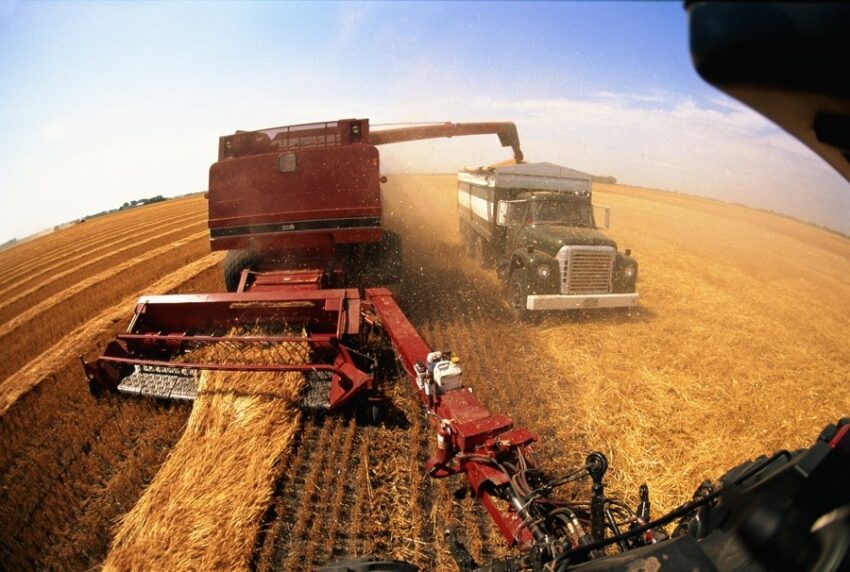Agricultural emissions refer to the greenhouse gases (GHGs) released into the atmosphere as a result of agricultural activities. These emissions play a significant role in contributing to climate change, accounting for approximately 24% of total global GHG emissions. The primary sources of agricultural emissions include livestock production, crop cultivation, and land use changes. Addressing these emissions is crucial to mitigating the impacts of climate change and promoting sustainable agriculture.
Sources of Agricultural Emissions
- Livestock production: Methane (CH4) emissions from enteric fermentation in ruminants, such as cows and sheep, constitute a significant portion of agricultural emissions. Additionally, manure management contributes to both methane and nitrous oxide (N2O) emissions.
- Crop cultivation: Nitrous oxide emissions result from the application of nitrogen-based fertilizers, while methane emissions are associated with flooded rice paddies.
- Land use changes: Deforestation and land conversion for agriculture release carbon dioxide (CO2) stored in plants and soil, contributing to increased GHG emissions.
Strategies for Reducing Agricultural Emissions
- Improved livestock management: Implementing better feeding strategies, selective breeding, and optimizing herd management can reduce methane emissions from enteric fermentation. Moreover, efficient manure management techniques, such as aerobic treatment and biogas production, can help minimize methane and nitrous oxide emissions.
- Sustainable crop production: Adopting precision agriculture techniques can optimize the use of fertilizers, reducing nitrous oxide emissions. Additionally, employing alternative wetting and drying (AWD) methods in rice cultivation can help decrease methane emissions. Implementing agroforestry and cover cropping practices can also increase carbon sequestration and improve soil health.
- Conservation agriculture: Practices such as no-till or reduced-till farming, crop rotation, and the use of cover crops can enhance soil carbon sequestration, reducing CO2 emissions. These methods also contribute to improved soil quality and reduced soil erosion.
- Afforestation and reforestation: Planting trees and promoting the regeneration of forests can sequester carbon dioxide, offsetting agricultural emissions. Forests also provide numerous ecosystem services, such as water regulation and biodiversity conservation.
- Policy and incentives: Governments can create policies and financial incentives to encourage the adoption of sustainable agricultural practices. These measures may include subsidies for eco-friendly technologies, carbon pricing, and the establishment of carbon markets.
Reducing agricultural emissions is essential for mitigating the impacts of climate change and ensuring the long-term viability of agriculture. By implementing sustainable practices and promoting innovative technologies, the agricultural sector can transition towards a low-emissions future. Collaboration among farmers, researchers, policymakers, and the private sector will be crucial in driving this transformation and fostering a more resilient and sustainable global food system.
